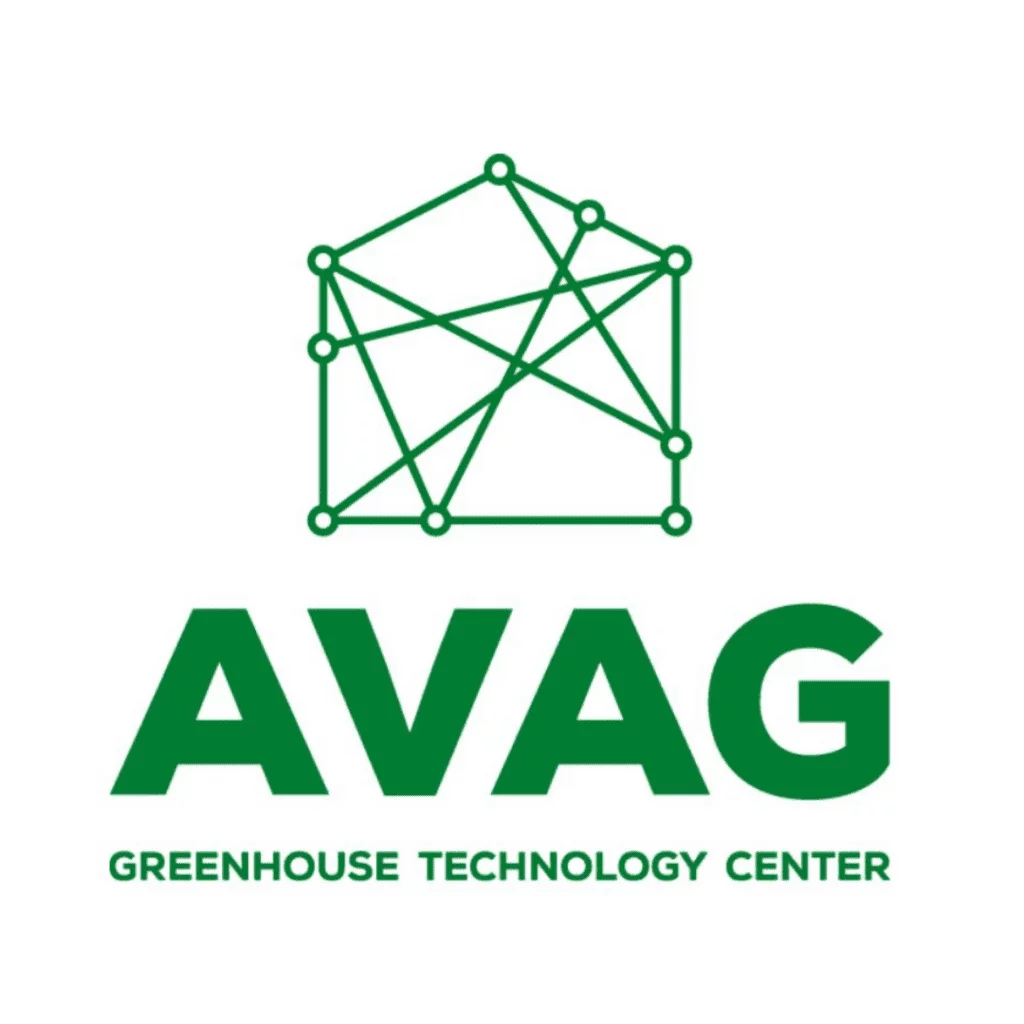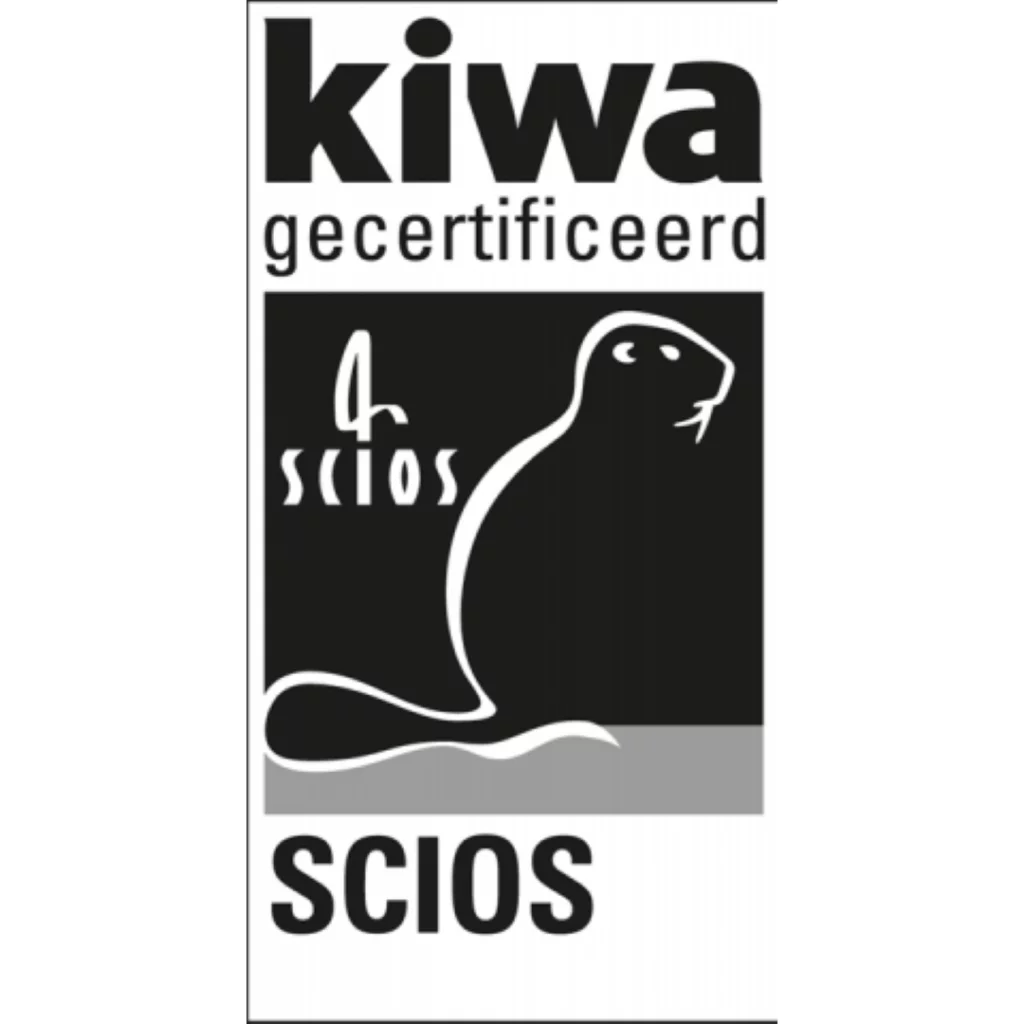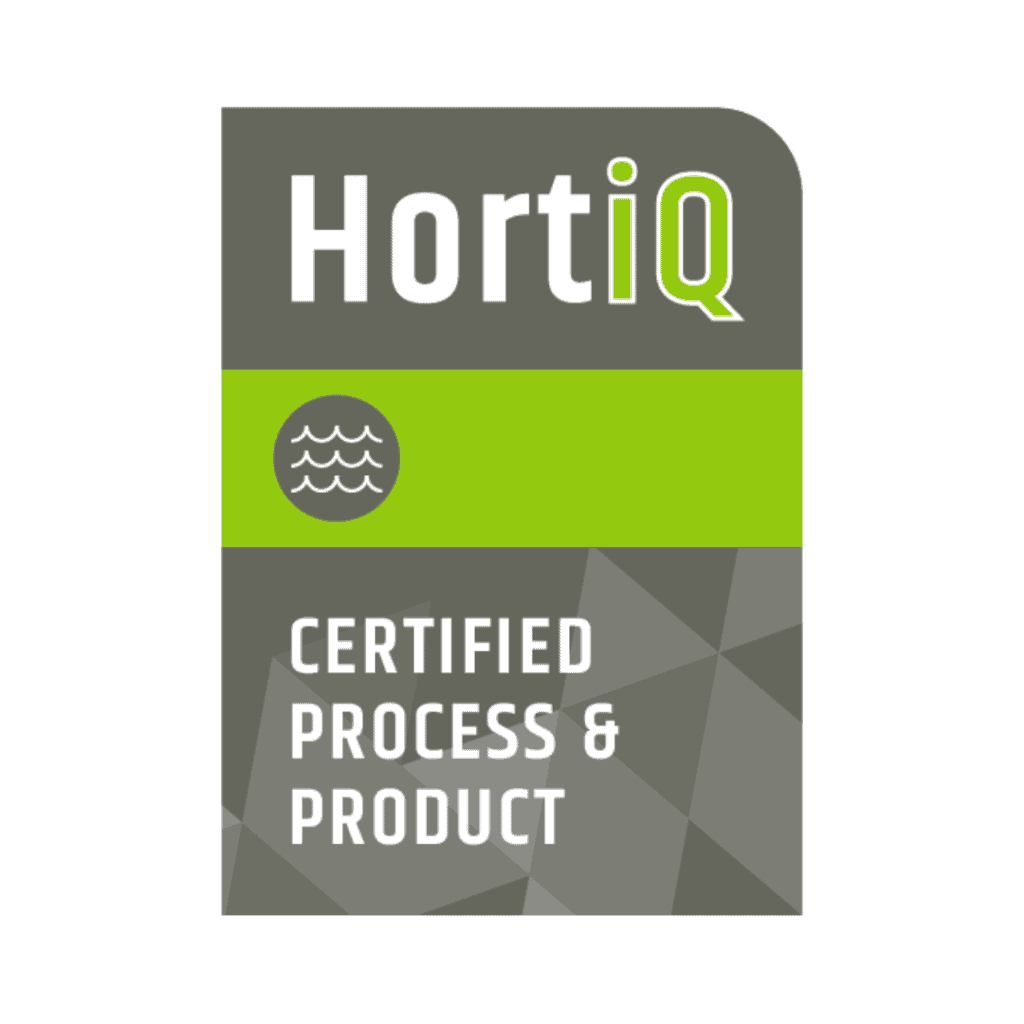Climate control in greenhouse horticulture
Optimal climate control starts with installing horticultural sensors and collecting the right data, which provide information about the climate inside and outside the greenhouse. This is essential for creating the best greenhouse climate for your specific crop. Light, temperature, humidity and CO2 concentration must be well aligned, preferably down to the smallest details. Our horticultural sensors, such as the well-known PAR sensor, collect reliable data. These sensors have been specially developed for the humid greenhouse climate in greenhouse horticulture. The collected climate data is then used by the climate computer to intelligently control the climate in the greenhouse, such as the CO2 dosage, the window position, the screen cover or the heating.
Stolze supplies reliable technological solutions for optimal climate control in greenhouses. The extensive selection of horticultural sensors collect relevant information to accurately align moisture in the substrate or soil, temperature, light, humidity, oxygen and CO2. More and more sensors are wireless and therefore easy to use in the greenhouse.




